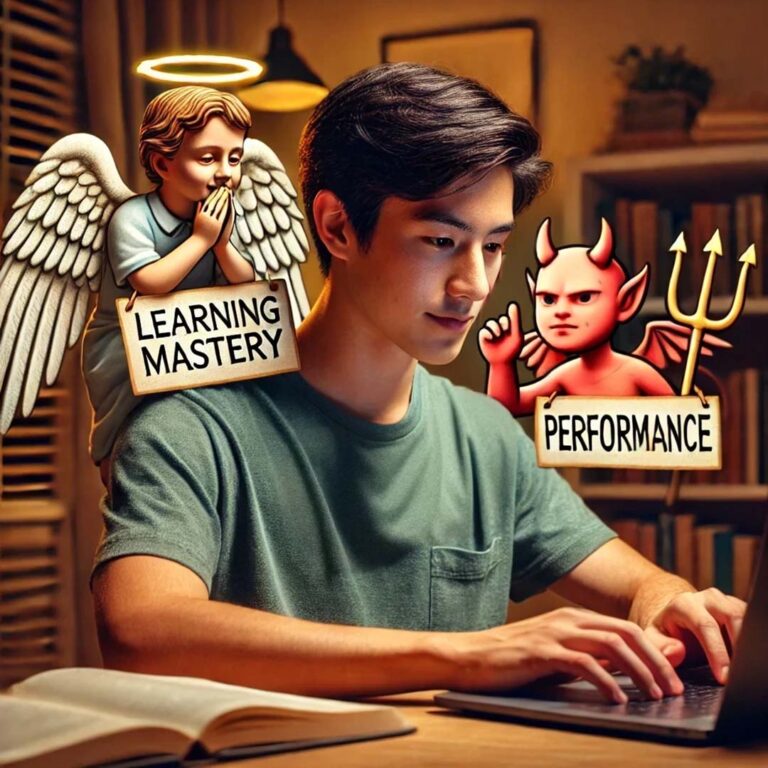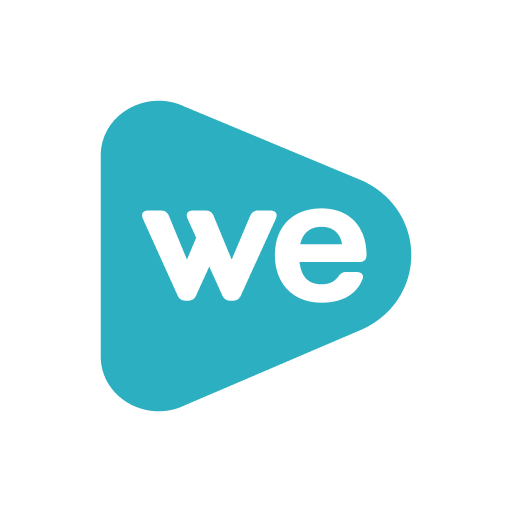Swimming with the Sharks … and Loving It!
Faculty Perspectives
This is part of a series of articles written by UAF faculty who are interested in sharing their experience and expertise with other faculty.
Lawrence Itela
Lawrence, MS, is a doctoral student in the UAF Department of Chemistry & Biochemistry and a Summer Fellow at UAF CTL. He holds more than five years experience teaching undergraduate courses in General and Physical chemistry with research Interest in environmental chemistry and chemical education and learning.
Swimming with the sharks… and loving it!
When I decided to apply for the Graduate Fellowship back in April 2018, I had an idea in mind, however nascent, that I felt was worth exploring. The desire to apply was not urgent, and it took a brief chat with the Lab coordinator in the Department of Chemistry and Biochemistry to finally give it a shot. Receiving an offer for the fellowship was a welcome surprise, getting to experience it was a thrilling ride — partly because of the extent of my foray in chemistry education thus far. While getting my Masters at Notre Dame, I worked with a particularly innovative professor when it came to designing undergraduate labs, and with whom I spent four adventurous semesters. At UAF, I have held a similar position working with General Chemistry students for six semesters. In the summer of 2016, I worked with a faculty member in the Department of Chemistry and Biochemistry on a revamp of the General Chemistry Honors labs (CHEM 105/106) under an Alaska INBRE (IDeA Network of Biomedical Research Excellence) curriculum development grant. This involved changing the format for the Honors Lab from a more instruction-based, weekly experiment approach to a directed student inquiry led/ investigation project approach. Having been involved in both teaching and curriculum development, I felt sufficiently equipped to embark on the fellowship. I was right, I was also so wrong..
A particular problem I was interested in tackling was generating interest in Chemistry discourse when engaging with students of widely differing backgrounds and specializations. There is oft a feeling of ‘this topic is not for me’ or ‘why am i doing this again’. This was a recurring theme through my interaction with students taking introductory chemistry classes.
The greatest thing this fellowship gave me was placing myself in the thought process of a student. It was always a pleasure sitting in on design team meetings and various informational workshops and sessions that happened during my tenure. The design team is A melting pot of backgrounds and expertise and I was always impressed by the amount of new ideas and information I acquired from these sessions. I was overwhelmed by it at first, but slowly and confidently found my footing, my voice. Not having a clue what was done in the office prior to my fellowship, I immediately pondered on the level of awareness within the faculty of the services offered. It felt invigorating to be part of a team that is trying to push the envelope as far as pedagogy and content delivery is administered and managed within the university. That is a lesson I will definitely carry along with me.
I am deeply concerned about student engagement and participation, which remains a challenge in learning environments, regardless of mode of delivery. People in STEM fields traditionally operate with a high level of rigidity, as there is a strong belief that the strong history of tradition and practice is what is essential to producing solid science. A lot of popular learning initiatives, which give the student more agency in the learning process, are wrongly dismissed as only applicable in the arts and humanities. Surely, freedom of thought cannot be unscientific? To this I would say, while there is limited freedom in solving Quantum physics problems, engaging students with material that makes them sufficiently motivated to explore content on their own is definitely a huge plus. This same innovative and exploratory tendencies could later be applied in novel ways in both industry and research. Engaging into a deep dive into the benefits and possibilities of interactive video was a huge benefit of this position. That would be nothing more than a luxury in a typical graduate school setting. The reactions of my peers while I explain some of the initiatives currently in progress are testament to that..
I am really grateful to Sean and Kendell, the two designers who worked with me during my time there. My greatest regret was not being able to get to know more about all the amazing Instructional designers within the team. I was impressed with their team dynamic and the amazing cast of personalities within the office. It may have only been twelve weeks, but i came out of this program enriched and motivated.
Which brings me to my parting shot. The only way that we can enhance future generations of faculty to embrace online learning and other modes of content delivery is if they are sufficiently involved and acquainted with available technologies while still in their formative years within academia. It is for this reason that I greatly appreciate the spirit and letter of this fellowship. While definitely bringing in a fresh ‘boots on the ground perspective’ to the team, I think it exposes the fellows to a new world of opportunities. The synergy that this generates cannot be understated. We all need to develop better instructors and teachers. We also need people to help design and move our course content to online platforms. That is the wealth of potential that this fellowship ought to aim in establishing its legacy.

UAF Instructional Designers
This page has been authored collectively by the experts on the
UAF Instructional Design Team.
Let us know if you have suggestions or corrections!



